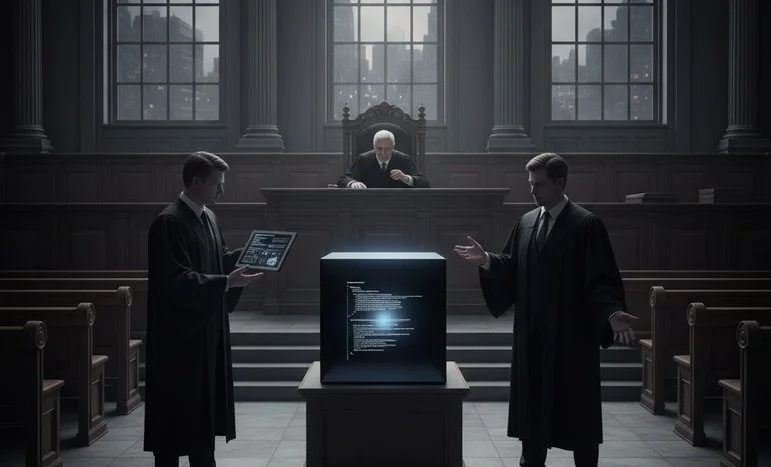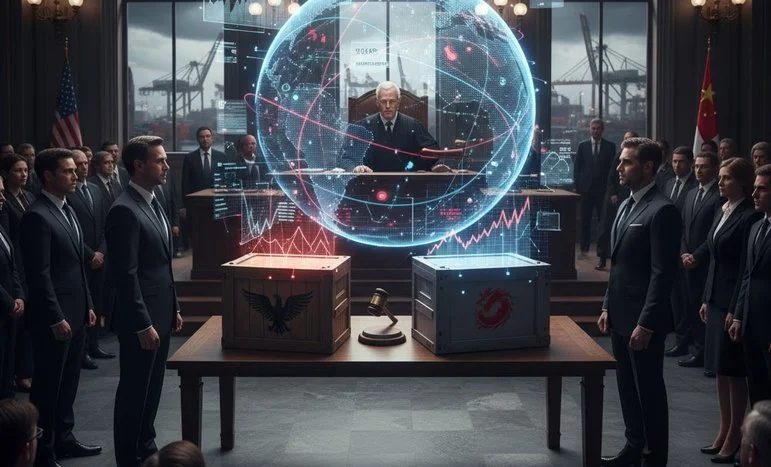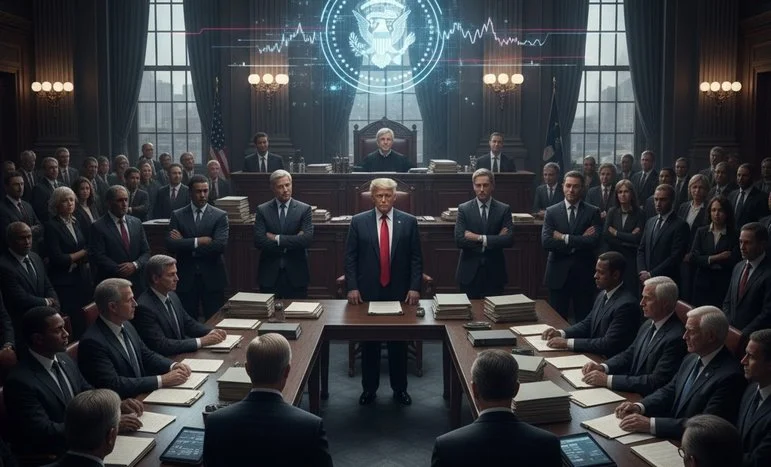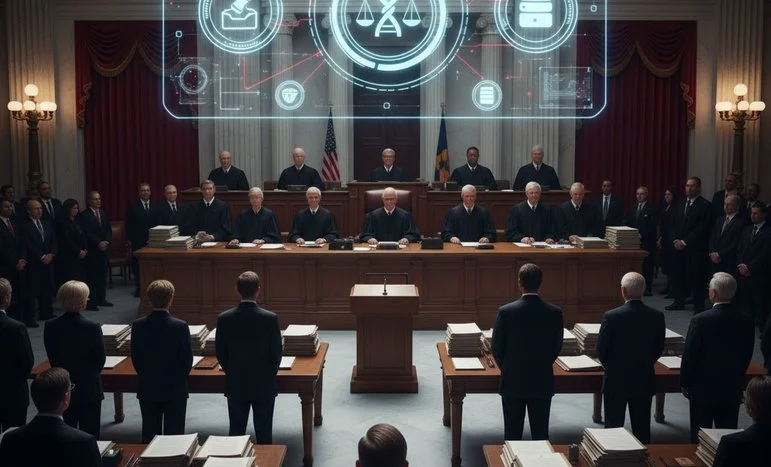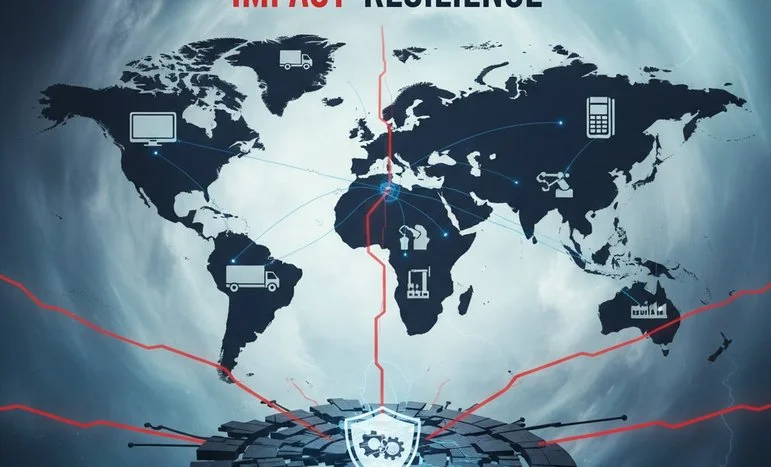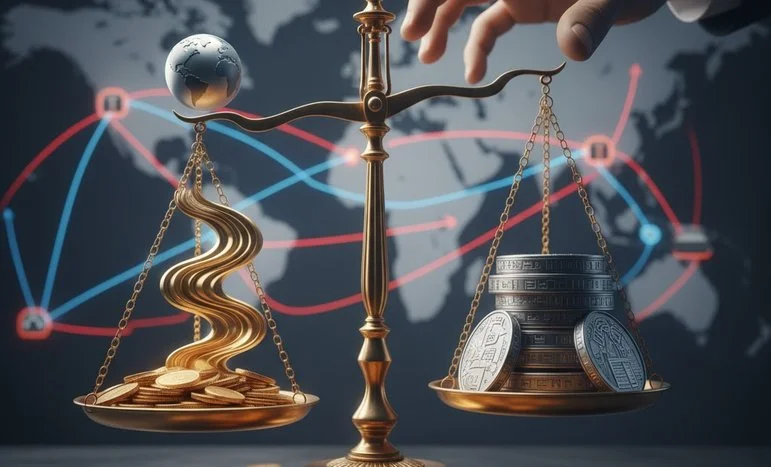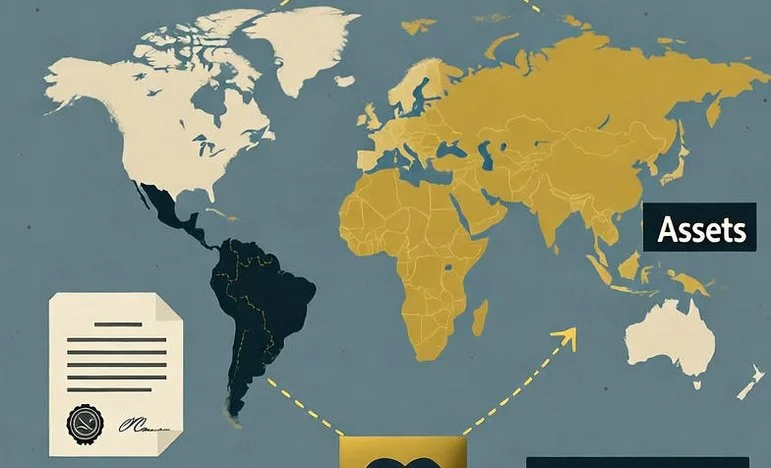
Reparation and Liability in State Succession: Legal Principles and International Framework
Reparation and Liability in State Succession: Legal Principles and International Framework
Abstract
The succession of states presents a complex legal framework concerning liability, claims, and reparation. When one state dissolves, merges, or splits into successor states, questions arise regarding which claims, obligations, and reparations can be enforced. This article examines the principle that reparation can only be owed to the legal entity that existed at the time of the original transaction, conquest, or acquisition, drawing on the Vienna Convention on Succession of States, customary international law, and principles of state responsibility. It also distinguishes between enforceable claims under law and historical or moral claims, highlighting the strict legal limits of successor state liability.
1. Introduction
State succession occurs when a pre-existing sovereign entity ceases to exist in its previous form and is replaced or divided into one or more successor states. This process raises numerous legal issues, particularly concerning assets, debts, obligations, and claims for reparation. The transfer of sovereignty, property, and responsibility is regulated by international law, with the Vienna Convention on Succession of States in respect of State Property, Archives, and Debts (1983) providing a codified framework for determining the rights and obligations of successor states.
A key principle of state succession is that liability and claims for reparation are strictly tied to the entity that existed at the time of the original action. This principle prevents retroactive imposition of obligations and ensures legal clarity regarding which claims can be enforced against a successor state.
2. Legal Foundation: Vienna Convention and Customary Law
The Vienna Convention provides explicit guidance on successor state claims. While it does not retroactively create liability for pre-predecessor actions, it establishes that successor states inherit:
- Assets of the predecessor state at the time of succession.
- Debts and obligations that were legally recognized and enforceable by the predecessor.
- Claims for reparation arising from the predecessor state’s legal obligations.
Customary international law aligns with this principle, emphasizing that liability arises only toward the entity that existed at the time of the transaction or acquisition. Claims for reparation or restitution cannot be extended to successor states for actions carried out before the predecessor state existed as a legal entity. In other words, a successor state is legally insulated from obligations incurred by prior entities that no longer exist.
3. Principle of Entity-Specific Reparation
Core Legal Principle:
A state or entity can be liable for reparation only to the legal entity that existed at the time of the transaction, conquest, or acquisition.
This principle has several key implications:
- Temporal limitation: Legal liability for reparation is confined to the timeframe in which the original entity existed and had legal recognition.
- Entity specificity: Only the entity that was a recognized legal actor at the time of acquisition, treaty, or conquest can enforce claims for reparation.
- Non-retroactivity: Successor states cannot be retroactively bound to pay reparation for transactions or conquests executed by entities that predated the predecessor state.
Example Analogy:
Consider a corporation that acquires territory from a sovereign kingdom. Any claims for reparation are owed solely to the kingdom as it existed at the time of the acquisition. If the corporation later merges into a state-like entity, the newly formed successor cannot be held liable for obligations that existed prior to its legal formation. This preserves the principle that reparation claims cannot leapfrog entities across time without a legal basis.
4. Applicability of the Vienna Convention to Reparation Claims
The Vienna Convention on Succession of States codifies the rules for distributing rights, obligations, and claims among successor states. Key points relevant to reparation include:
- Predecessor state obligations: Successor states inherit claims and liabilities only from the predecessor state, not from entities that existed before it.
- Assets and reparation claims: Only assets or claims that were legally held or recognized by the predecessor state can be inherited.
- Negotiated allocation: Successor states are expected to resolve potential disputes regarding assets, obligations, or reparations through negotiation, often considering proportionality, population, or territorial control.
Limitation: Claims for reparation arising before the predecessor state’s formation — including those involving historical conquest, private acquisitions, or transactions executed by earlier entities — are not legally enforceable. Any moral or philosophical claims do not translate into binding legal obligations.
5. Successor State Liability: Practical Implications
The principle of entity-specific reparation has several practical implications for successor states:
5.1 Legal Inheritance
Successor states inherit only what the predecessor state controlled legally at the time of succession. This includes:
- State-owned assets
- Financial reserves and debts
- Treaties and contractual obligations
- Recognized claims for reparation tied to the predecessor
Successor states do not inherit historical claims against prior entities that ceased to exist before the predecessor state’s establishment.
5.2 Limitation on Retroactive Reparation
- Successor states cannot be retroactively held responsible for obligations of pre-predecessor entities.
- Claims for reparation from historical actions predating the predecessor’s legal existence are outside enforceable law.
5.3 Moral vs. Legal Claims
While successor states may face political or moral arguments for reparation, such claims are not legally binding. Legal enforceability is strictly confined to obligations that existed at the time of the predecessor state’s control.
6. Illustrative Example
To illustrate:
- Original Entity X is a kingdom.
- Entity Y, a corporation or state-like entity, acquires territory and assets from X.
- Predecessor State Z forms later, inheriting assets of Y.
- Successor State S emerges after Z dissolves.
- Reparation obligations:
- X can legally claim reparation from Y at the time of acquisition.
- Successor State S cannot be held liable for Y’s obligations to X if those claims were never part of Z’s legal estate.
- Only reparation claims recognized and held by Z at the time of succession can be enforced against S.
This example illustrates the entity-specific principle of liability and reparation.
7. Policy and Legal Justification
The principle that reparation is entity-specific serves several purposes:
- Legal certainty: It prevents retroactive imposition of obligations on states that did not exist at the time of the original transaction.
- Clarity in succession: Clearly delineates which claims can be transferred and enforced.
- Limitation on historical disputes: Avoids endless claims for actions predating the formation of recognized states.
It also aligns with the Vienna Convention’s broader objective: ensuring that state succession does not create unjust or retroactive legal burdens on entities formed after historical events.
The legal principle governing reparation in state succession is clear: a state or entity can only owe reparation to the entity that existed at the time of the original action, acquisition, or conquest. The Vienna Convention codifies this principle, emphasizing that successor states inherit only the rights, obligations, and reparation claims of the predecessor state. Historical actions or acquisitions predating the predecessor state create no enforceable obligation for reparation on successor states.
This principle provides legal clarity and protects successor states from retroactive liability while establishing a framework for negotiating claims that arise from legitimate predecessor obligations. Reparation is, therefore, strictly tied to the temporal and legal existence of the entity to which it is owed, ensuring fairness, predictability, and legal coherence in the complex process of state succession.
We appreciate that not everyone can afford to pay for Views right now. That’s why we choose to keep our journalism open for everyone. If this is you, please continue to read for free.
But if you can, can we count on your support at this perilous time? Here are three good reasons to make the choice to fund us today.
1. Our quality, investigative journalism is a scrutinising force.
2. We are independent and have no billionaire owner controlling what we do, so your money directly powers our reporting.
3. It doesn’t cost much, and takes less time than it took to read this message.
Choose to support open, independent journalism on a monthly basis. Thank you.
